
6 Cost-Effective Ideas To Use When Extending Your Home
Does your house seem like it’s somehow getting smaller, and your family is cramping for space? Adding a home extension can give you the freedom to stretch out comfortably. It also makes your home look more appealing and adds to its value in the market. In other words – it’s a great investment. There are many ideas out there when it comes to extending a house, but many can drain your bank account fast. So what can you do to add more space to a budget? Here are a few ideas.
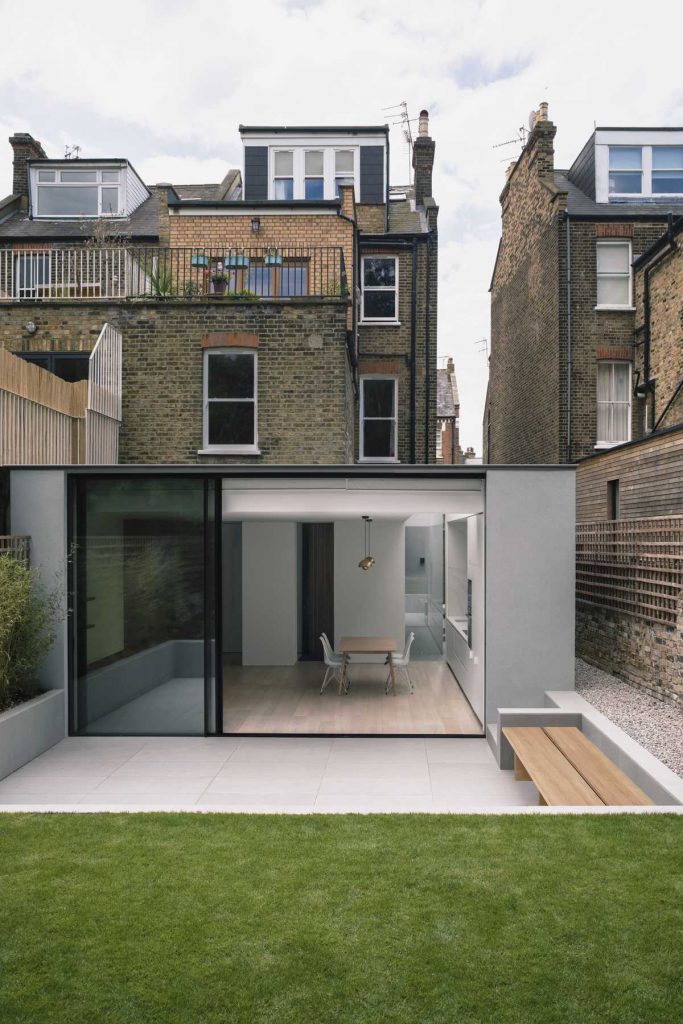
Extension of a single-story garden flat ↑
1. Think About Existing Space
Before considering building an extension, take some time to evaluate the current space you have. You might find that you have a barely-used garage or a loft full of old things. It would be very cost-effective to use these existing spaces to add an extra room or bathroom instead of building from scratch. A great idea would be turning your garage into a living room or turning your loft into a guest bedroom.
2. Single Story Extensions
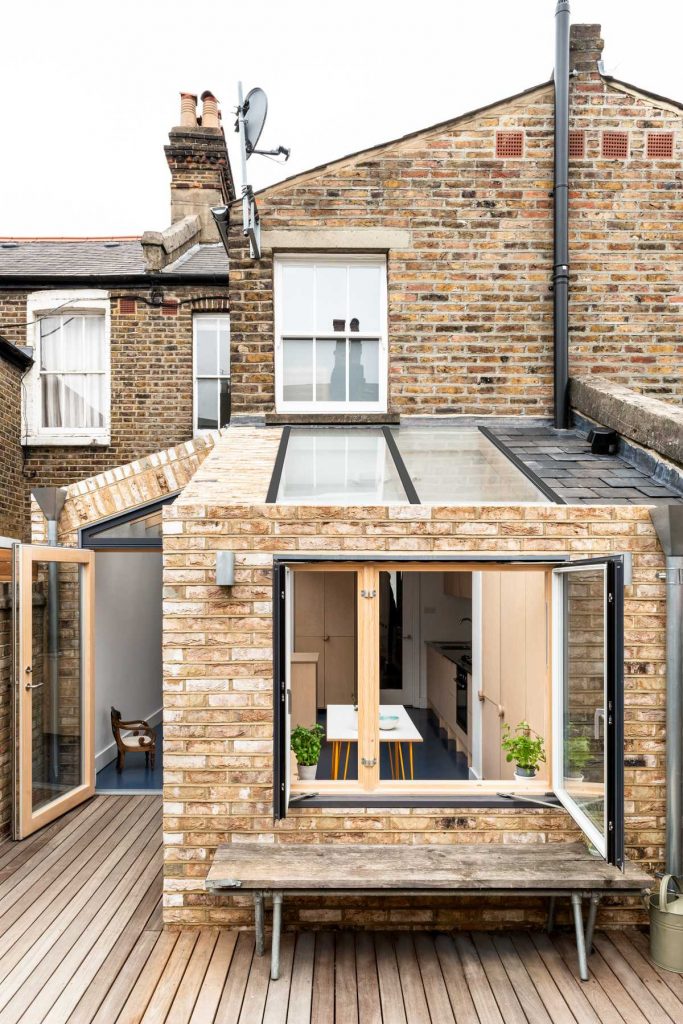
A single-story extension to a Victorian terraced family home ↑
If you’re looking to add more space, a single story extension would be the most cost-effective idea. You can build a 20m2 space within a reasonable budget to extend a room, kitchen, or living area. A rear extension will be ideal if you want a more open-plan style. The best thing about a single-story addition is that it can be simple and add character to your home with the right lighting and painting.
3. Outdoor Extensions
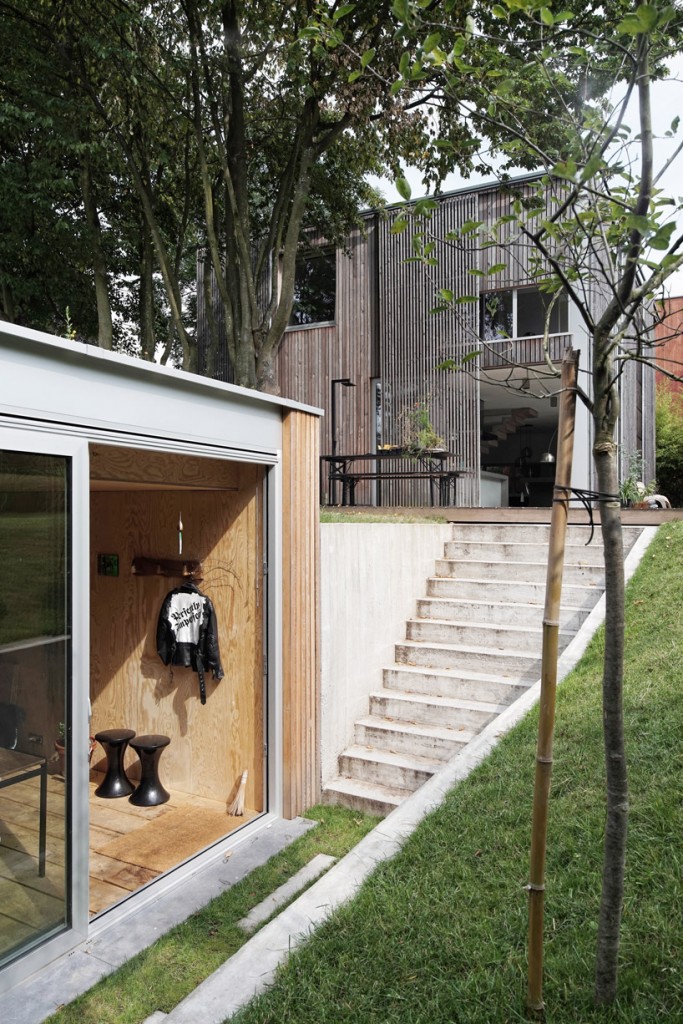
Dream workspace in a garden ↑
Don’t have space for an extension in your house? Outdoor extensions are a great way to have extra space without breaking the bank. A garden room would be an ideal guest room, home office, gym, or play area for kids. It could also be a space to entertain guests when the weather is perfect for a barbeque or an outdoor lunch. If you want to take it a step further, make it an annex connecting to your house, and it can be a bedroom, kitchen, or bathroom.
4. Materials Matter
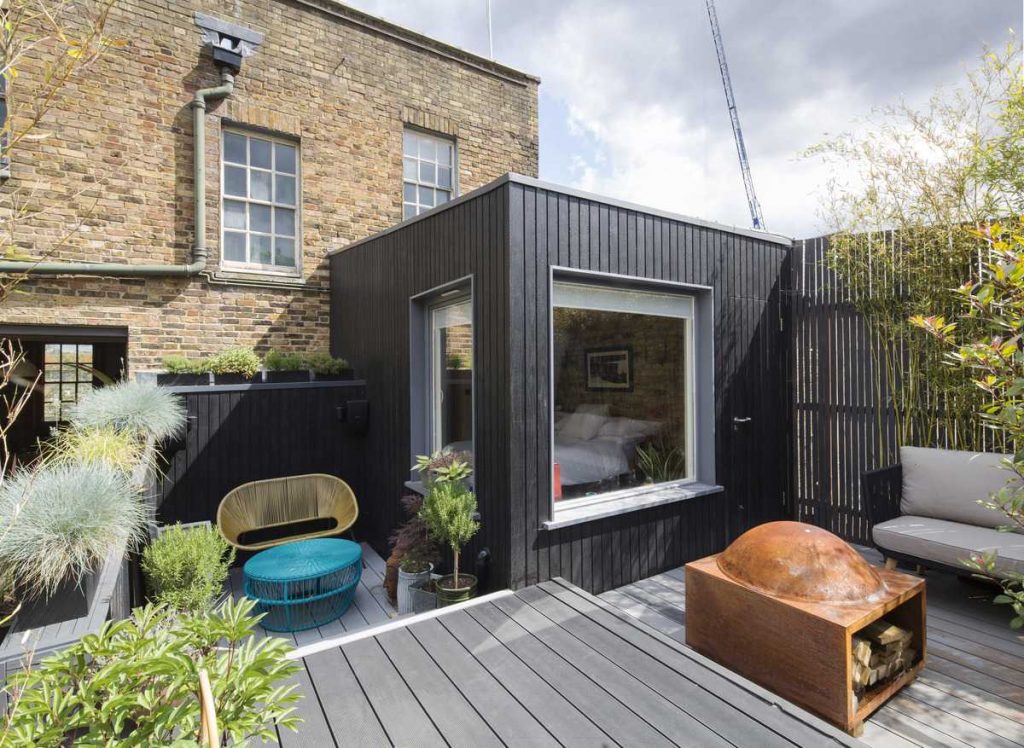
A charred timber bedroom extension ↑
The materials you use in a home extension can go a long way in saving money as well as effort. Make sure you don’t over-order material or make any special requests. Having a remodeling team that understands the value of materials and works in your best financial interest is hard to come by. Still, many award-winning home remodeling companies put your needs first. Your remodeling team should help by giving you all the material options and make the best affordable choice.
5. Make It Eco-Friendly
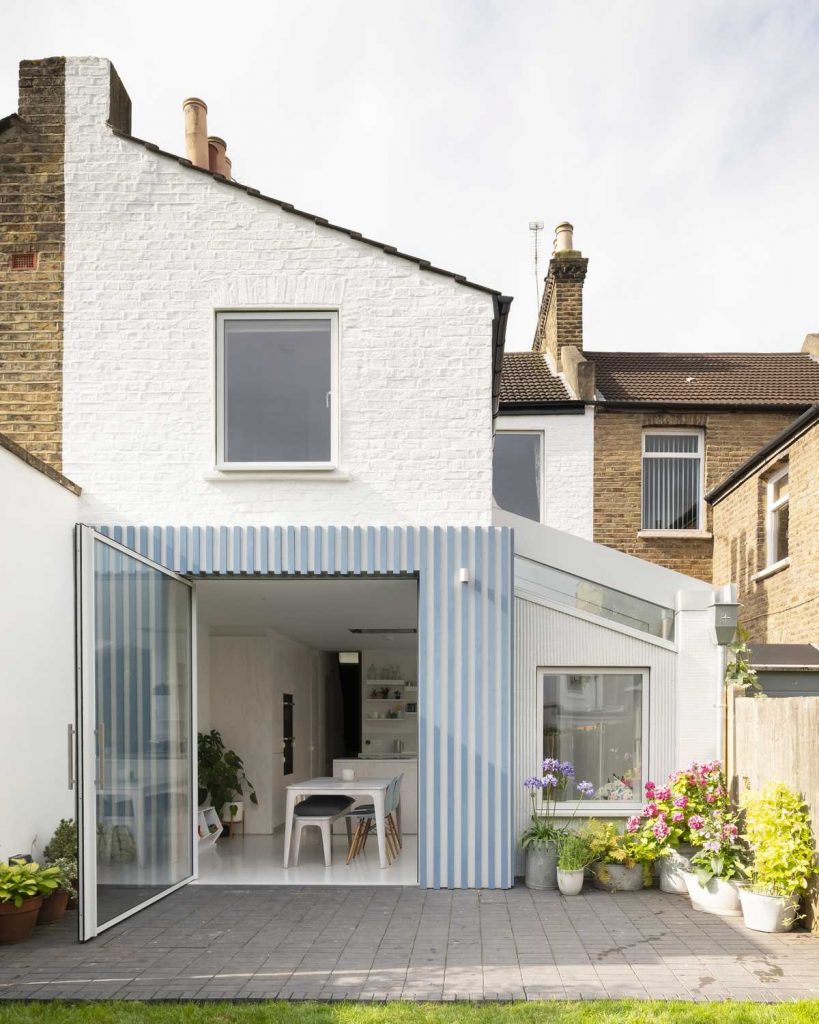
Rear extension to a Victorian terrace house by CAN ↑
Do you know what you can use in your home extension completely free of charge? The sun! That’s right, having a solar design can save you a lot of money spent on heating, gas, and electricity bills in the long-run. It’ll be a source of warmth on the cold winter nights as well as shield you from the heat during the summer. This won’t only be wallet and environment-friendly, it also adds high value to your house in the market.
6. Add a Conservatory
A conservatory is a classic choice for a home extension that doesn’t break the bank. It works great as a rear extension bringing natural light into your home. Polycarbonate conservatories are an even cheaper choice than glass, but adding glass sliding doors can make the rest of your garden area look bigger. The best thing about them is how versatile their styles are from period-style to modern designs.
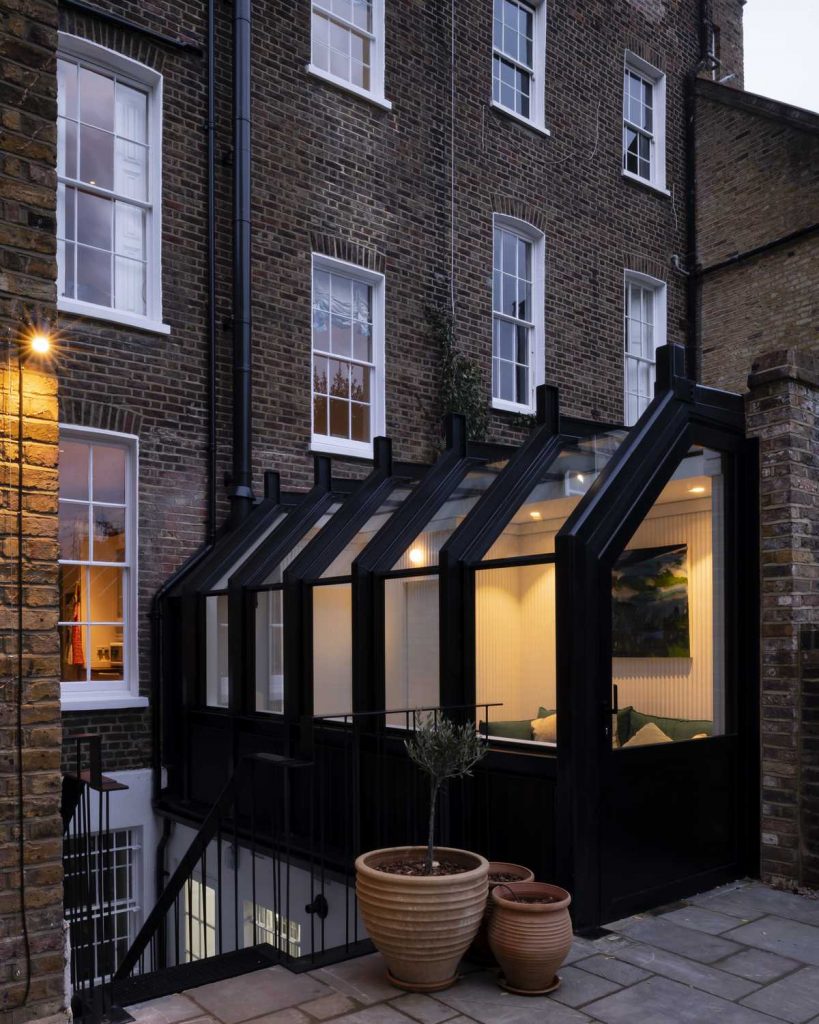
A black glass conservatory re-connects a Listed townhouse to its garden ↑
The most important thing to remember while extending your home is always to keep it simple. Whether it’s the design, material, or interior, there’s no need to go overboard and drain your bank account. It’s also crucial that you have a clear vision and plan throughout the process to avoid being distracted or buying things you don’t need.
